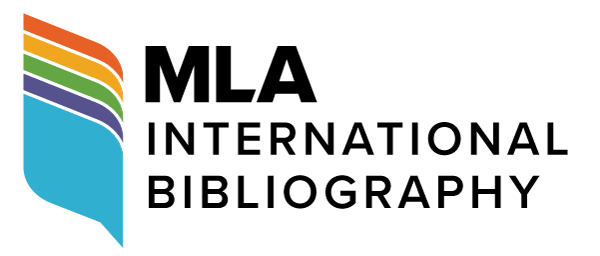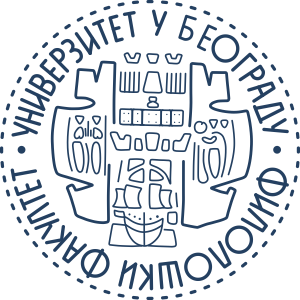Teaching Poetry Online: A Lesson Plan
DOI:
https://doi.org/10.18485/analiff.2020.32.2.21Кључне речи:
distance learning, online teaching, 19th-century English literature, online poetry course, online tools, Lady of ShalottАпстракт
The aim of this paper is to offer literature teachers at the tertiary level of education in Serbia an innovative method of teaching poetry online to university students by providing applicable guidance for the suitable organization of online poetry classes. We endeavour to demonstrate and explore the use of various online activities designed to meet different objectives that will enhance students’ understanding of the genre of poetry, trigger their motivation to study poetry, and change their perception of poetry from something perhaps too complex, inaccessible, and time-consuming to be properly analyzed and discussed to being still relevant and approachable in the digital age. For this purpose, we will use the poem “The Lady of Shalott” (1842) by Lord Alfred Tennyson, one of the most notable and prolific literary figures of one the most prosperous periods in the history of the British Empire – the Victorian Age.
Downloads
Референце
Downloads
Објављено
Број часописа
Рубрика
Лиценца

Овај рад је под Creative Commons Aуторство-Дели под истим условима 4.0 Интернационална лиценца.
Authors who publish with this journal agree to the following terms:
- Authors are confirming that they are the authors of the submitting article, which will be published (print and online) in the journal Anali filološkog fakulteta by the Faculty of Philology, University of Belgrade (Faculty of Philology, Studentski trg 3, 11000 Belgrade, Serbia). Author’s name will be evident in the printed article in the journal. All decisions regarding layout and distribution of the work are in hands of the publisher.
- Authors guarantee that the work is their own original creation and does not infringe any statutory or common-law copyright or any proprietary right of any third party. In case of claims by third parties, authors commit their self to defend the interests of the publisher, and shall cover any potential costs.
- Authors retain copyright and grant the journal right of first publication with the work simultaneously licensed under a Creative Commons Attribution-ShareAlike 4.0 International License that allows others to share the work with an acknowledgement of the work's authorship and initial publication in this journal.
- Authors are able to enter into separate, additional contractual arrangements for the non-exclusive distribution of the journal's published version of the work (e.g., post it to an institutional repository or publish it in a book), with an acknowledgement of its initial publication in this journal.
- Authors are permitted and encouraged to post their work online (e.g., in institutional repositories or on their website) prior to and during the submission process, as it can lead to productive exchanges, as well as earlier and greater citation of published work.





